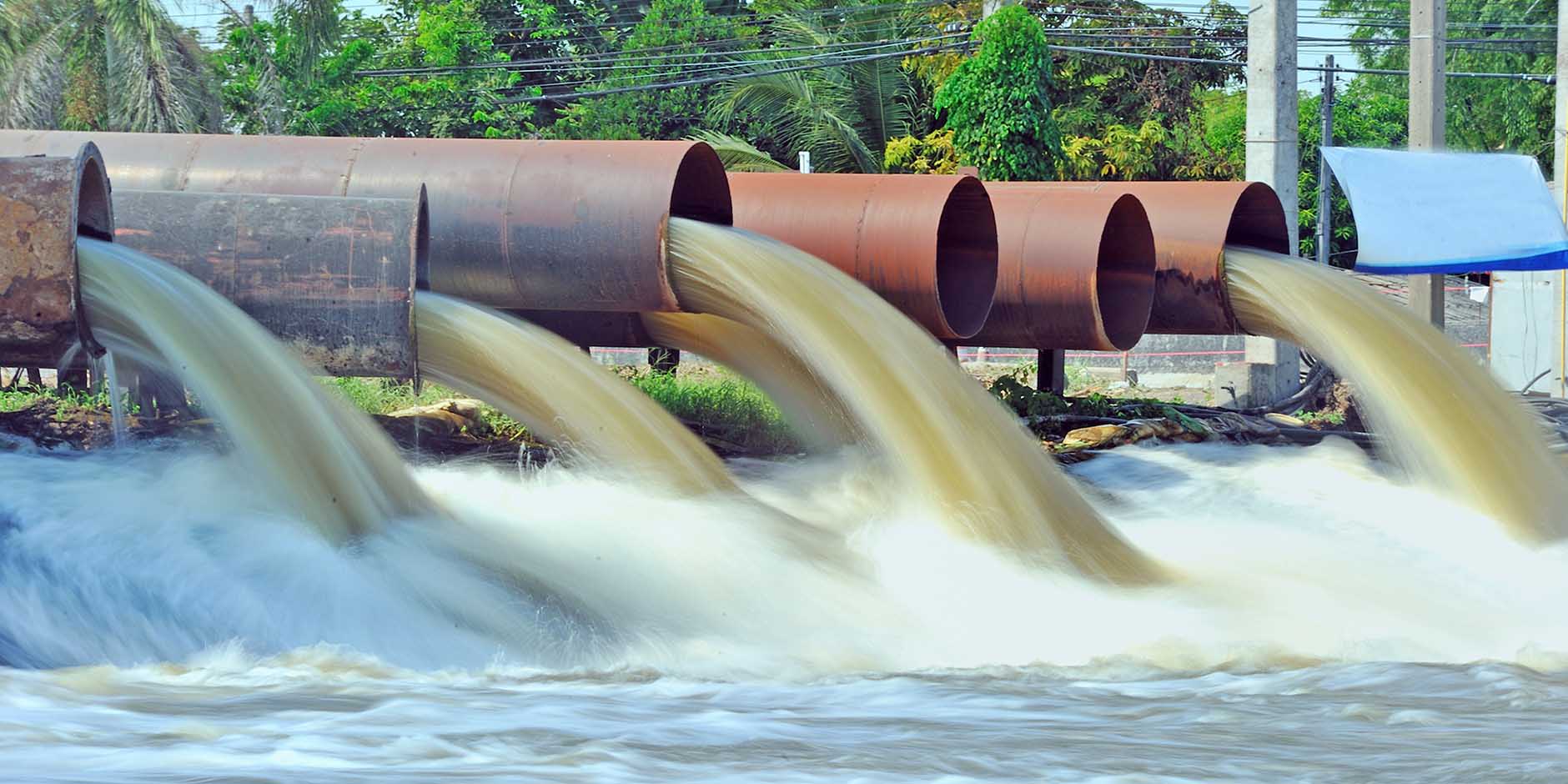In the United States, before wastewater can be discharged into a lake or river, it is mandatory to meet the National Pollutant Discharge Elimination System (NPDES) effluent guidelines. These parameters – pH (potential hydrogen), TSS (total suspended solids) and BOD (biological oxygen demand) – can be lowered by controlling algal growth. This blog is the first is a three-part series to dive deeper into these three parameters.
An Introduction to pH
pH (assesses the movement of free hydrogen (H+, acid) and hydroxyl (OH-, base) ions within a solution. pH is a commonly measured parameter when assessing water quality, and it is quantified on a scale of 0 to 14. A pH result of 7.0 is considered neutral, whereas a pH below 7.0 is deemed to be acidic, and a pH above 7.0 is considered alkaline.
Why is pH important in the wastewater treatment process?
Determining pH is an essential part of the wastewater treatment process to optimize procedures like coagulation and flocculation to ensure the final effluent meets discharge quality standards. Coagulants and flocculants function in specific pH ranges: bacteria digesting organic material will perish if the pH is too high or too low; chlorine-based disinfectants are less potent under alkaline conditions, and certain suspended solids may be precipitated out at varying pH values. Treated effluent that is too acidic may corrode pipes, leach toxic metals, and impact marine and aquatic life. Conversely, effluent that is too alkaline can increase water hardness and cause scale build-up and mineral deposition in pipes.
Measuring pH
You can measure pH in three ways: the electrode method, the colorimetric method and the hydrion paper method. The most common is the electrode method that utilizes a meter and a probe. The meter measures the minute voltage differences between a reference electrode and a measuring electrode. The resultant voltage is measured in millivolts (mV) and is converted to calculate a pH reading. If the meter is calibrated properly and the sample is fresh, the electrode method is the most accurate of the three. Calibrating an electrode meter is possible through standardized buffer solutions: commonly, these have a pH of 4, 7 and 10.
The colorimetric method involves indicator reagents such as bromthymol blue and phenol red to produce a coloured solution which indicates its pH level. Red colouration suggests a solution is acidic, whereas blue colouration signifies a solution is alkaline. Using a set of colour standards, it is possible to determine the strength of the solution.
The hydrion method uses litmus paper, a specially developed test paper. The litmus paper is dipped into the solution, and the colour produced on the paper is compared against the colour standards, like the colorimetric method. An acidic solution turns the litmus paper red, whereas an alkaline solution turns it blue.
Calibration
Buffering a solution with a standardized pH 7 provides the meter with a reference point to determine a balanced solution. Including solutions with a pH of 4 and 10 within your calibration provides the meter with a reference point for acidic and alkaline solutions. A meter’s ability to determine the target buffer value is known as accuracy and is referred to as the meter’s slope.
pH electrodes wane in accuracy over time. A new pH electrode immersed in a fresh pH buffer is typical across this slope and can closely identify pH values. Older probes may be less accurate and take longer to provide a reading. A new pH meter and probe assembly that is very accurate may have a slope percentage of 98%, whereas an older probe might have a slope value of less than 60%. For example, when calibrating a pH meter, a user might find that the meter and probe unit accept the pH 7.0 buffer calibration value, but that when the probe is placed into a pH 4 or pH 10 buffer, the meter reads significantly lower or higher than the buffer’s stated value. The meter may also show an error code, or the pH calibration may not be accepted. Many pH probes will endure approximately a year to 18 months of use, after which they usually lose accuracy and need to be replaced.
Users must bracket the anticipated pH reading with the proper buffers if executing a two-point calibration. For instance, if the normal reading in plant effluent is 7.5, the meter should be calibrated with at least a pH 7 and a pH 10 buffer. If the reading turns out to be pH 6.8, you should recalibrate the meter with pH 7 and pH 4 buffers.
Users can acquire different pH buffers to use with their meter. Users may like to use an additional standard buffer, such as pH 6.76, to double-check the meter for accuracy and calibration buffers. Using an extra pH buffer, other than the calibration buffers, provides the user more confidence in the meter’s accuracy.
Quality Control
Quality control when measuring pH is vital as it ensures both accuracy and accountability. There is a tenfold value difference between each pH unit; for example, a pH 8 is ten times higher in hydroxyl ions than a pH 7. By extension, a pH of 12 is 100,000 times more alkaline than pH 7. On the other hand, a pH reading of 5 would be 100 times more acidic than pH 7.
For optimum quality control, operators must use a pH 7 buffer as a reference point for the meter during the calibration process. Using only buffer solutions with pH 4 and 10 alone will not produce accurate results as the difference between these readings is significant.
Algal and pH
Algal abundance is affected by pH. An increase in algal abundance is often observed when a pH is lowered, and algal abundance decreases when pH is raised. Installing real-time water quality monitoring equipment allows businesses to predict and prevent harmful algal bloom events in a cost-effective way. An example of this is the Ultrasonic Algae Control method, an eco-friendly technology to improve water quality that has demonstrated international success.
